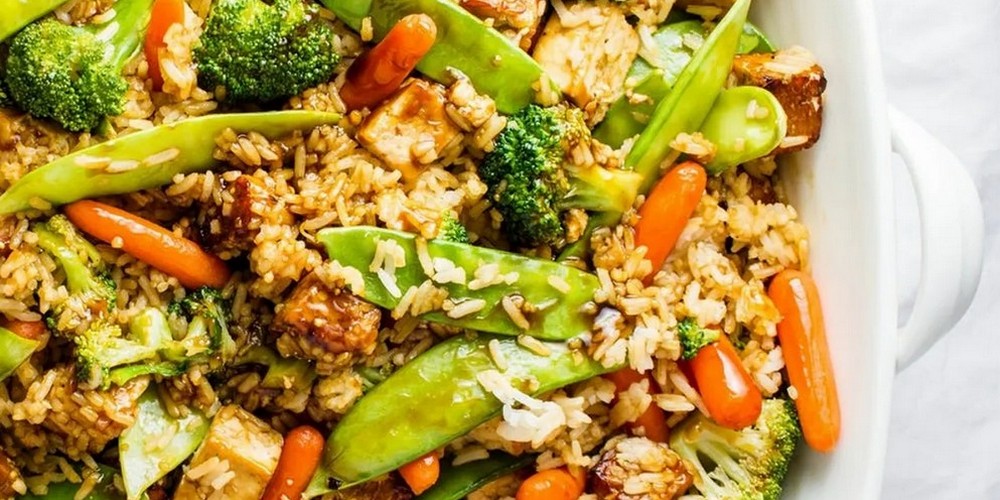A Typical Family Dinner: A Culinary Confrontation
The setting is often the same—a large family table laden with dishes that represent the culinary divide. On one end, there’s Mike’s famous beef stew, simmering and rich, a recipe passed down from his grandmother. Nearby, Sarah’s vibrant vegan stir-fry, full of fresh vegetables and tofu, offers a stark contrast. The dinner begins with an unspoken negotiation over which dishes will take center stage. As family members serve themselves, the air is tinged not only with the aroma of the food but also with a palpable tension over these choices.
Menu Dilemmas and Food Preparation
Sarah and Mike actively shape the menu for family gatherings, turning what should be a simple decision into a tactical challenge brimming with potential conflicts. Sarah advocates strongly for several vegan options, not only to cater to her dietary needs but also to showcase the variety in her vegan diet. Meanwhile, Mike counters vigorously, promoting more meat-centric dishes to preserve his culinary traditions. This has led to both logistical and emotional challenges, as they struggle to balance these demands while planning and preparing meals. James often finds himself mediating, suggesting dishes like vegetable sides that can be adapted to both diets, such as grilled vegetables that can be enjoyed by all, regardless of whether they are served alongside meat or as part of a vegan platter.
Emotional Tension and Its Impact on Family Dynamics
Emotions often surge at family dinners. Sarah actively shares her world at each gathering, feeling hurt when others do not embrace her cuisine. Meanwhile, Mike confronts these moments, defending his dietary choices vigorously. The mood quickly shifts from celebratory to tense, and silent standoffs often replace joyful exchanges. Moreover, comments from guests unfamiliar with the family’s dynamics can exacerbate tensions, misunderstanding compliments as criticisms, leading to discomfort and strained interactions.
This emotional landscape during family dinners reflects broader themes of identity and acceptance. Each meal becomes more than just eating; it’s a symbolic act of stating and defending personal beliefs. The family learns over time that navigating this terrain requires not just tolerance but an active effort to understand and appreciate each other’s perspectives. As they continue to meet at the dinner table, they are slowly finding ways to let love and respect for each other guide their interactions, rather than allowing their dietary differences to divide them.
Analyzing the Impact of Dietary Preferences on Family Ties
Dietary differences can significantly alter family dynamics, reflecting deeper values and beliefs. Sarah’s environmentalism and health-focused veganism contrast sharply with Mike’s commitment to tradition and culinary heritage, often leading to a rift. Family gatherings can thus feel more like diplomatic negotiations, with the dinner table turning into a stage where dietary choices invite scrutiny and breed judgments, impacting the family’s interactions.
Stories of Family Conflicts Arising from Dietary Differences
One memorable incident occurred during a Thanksgiving dinner when Sarah introduced a vegan turkey alternative. Mike, viewing this as an affront to his traditional turkey preparation, made offhand remarks that were perceived as dismissive by Sarah. The incident escalated, with other family members taking sides, leading to a heated argument that overshadowed the festive spirit. Such conflicts, while painful, also serve as critical moments that prompt family members to confront and address the underlying tensions.
Another common scenario involves the children in the family, who are often caught in the middle. They may feel the pressure to conform to either dietary preference, which can lead to feelings of guilt or alienation depending on whose “side” they choose during meals. This can strain the natural bonds between parents and children or between siblings, turning meals into a source of stress rather than comfort.

